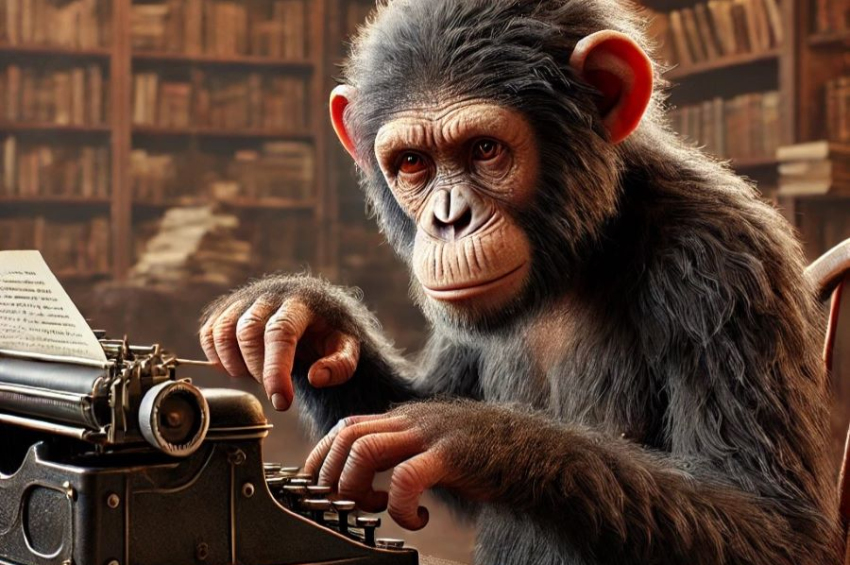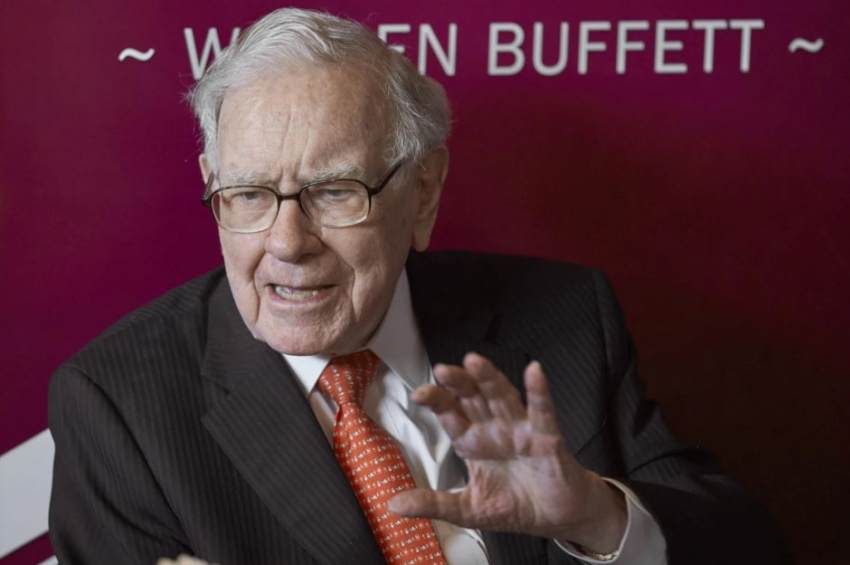[video] Science and technology behind the business with diamonds made out of human bodies
In a world where cemetery space is getting scarce and funerals are becoming more expensive, some entrepreneurial minds have come with an attractive business proposition: transforming the aches and hair of passed people (and pets) into memorial diamonds, which last for eternity.
This novel concept hinges on the science behind carbon, a fundamental element that makes up 18% of the human body. Just like natural diamonds, which require extreme pressure and temperature over millions of years to form in Earth’s crust, modern-day technologies can help recreate these conditions in a laboratory over a much shorter span – 3 to 12 months for a single-carat diamond.
More to read:
Billionaire Peter Thiel signs up for cryonic program after his death
A diamond is in fact crystallized carbon. Cremation diamonds are essentially genuine diamonds grown by using the carbon contained within hair or ashes.
Usually, the resulting gem is blue in color, due to the amount of boron naturally present in the human body and playing an important role in metabolism. Nitrogen, comprising 3% of the human body, provides a naturally amber color to such diamonds, ranging from light yellow to blue and deep red. For those who prefer purely colorless gemstones, nitrogen and boron are removed from carbon before creating the diamond, ensuring a crystal-clear appearance.
How they are made
The process begins with carbon purification, a meticulous procedure lasting over 83 hours for each memorial diamond ordered. Impurities are reduced to a mere 1/500th of their original content, resulting in 99.99% purity. The ultrapure water system, producing water 1,250 times purer than drinking water, plays a crucial role in this stage to prevent external contamination.
More to read:
Studies on longevity describe how five species found a pathway to reverse aging
Diamond crystallization follows, utilizing the purified carbon as the foundation.
Air and other atoms, such as water and oxygen, are removed to ensure the carbon's purity and density. Slow crystallization, at a rate of 0.5-1.0 mg/hour, leads to fewer flaws and a more impeccable structure in the cremation diamond.
The transformation process considers the amount of ashes or hair available. Eight ounces (200 gr) of cremation ashes or ten ounces (300 gr) of cremated bones, along with 0.4 ounces (10 gr) of hair, are the starting materials. The duration of the process averages around 10 months for a one-carat diamond, with additional services such as GIA or IGI certification, jewelry setting, and laser inscription extending the timeline.
These diamonds look identical to natural ones both optically and chemically, but slight differences exist and only skilled experts can tell them.
Clients also get a certificate of origin and an analysis report with verification from an independent research institute, along with the stone.
Getting a memorial diamond is somewhat more expensive than a natural gem. In Europe, for example, a Swiss manufacturer called Lionite charges 7,200 US dollars per 1 carat. In North America, the US subsidiary of Heart-in-Diamond, a UK-based firm, asks around 9,000 dollars for 1 carat.
More to read:
[video] Is there a market for lab-grown children?
On the international market, one carat of diamond varies in price between 2,000 and 14,000 dollars, depending on color, size, clarity, and shape. According to the Global Rough Diamond Price Index by Paul Zimnisky Diamond Analytics, as of 21 October 2023 the average price for these gemstones fell 2.6% during the past ten years.
The world diamond industry is estimated at 1.3 billion carats and the polished diamonds value is 28 billion dollars. Russia has the biggest diamond reserves in the world, Botswana is known for the highest diamond market value, and the United States accounts for the largest share of polished diamond demand.
***
Feel free to support our small office: @businessnewsservice (PayPal) or IBAN - RO50BTRLEURCRT0490900501, Swift - BTRLRO22, Beneficiary - Rudeana SRL.
Not feeling like donating? Then click on banners on our website to generate ad revenue. Any help is welcome.







